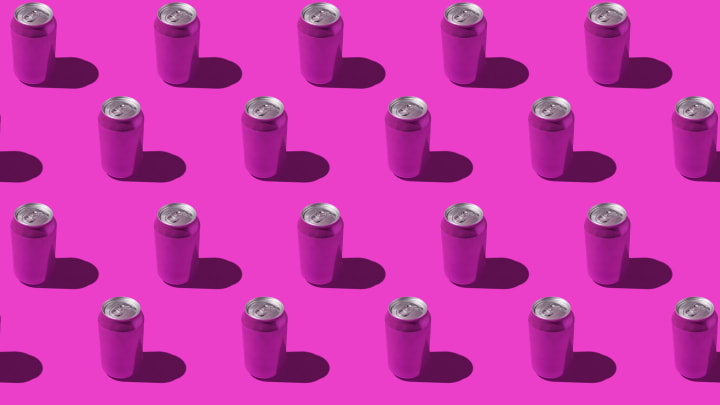Why Are Michigan’s Bottle Deposits So High?
Michigan’s 10-cent bottle deposit is so widely known it inspired an episode of ‘Seinfeld.’ But does it work?
By Ethan Trex

“The Bottle Deposit”—a rare two-part episode of Seinfeld—aired its first half on May 2, 1996, and instantly became a television classic. In it, Kramer and Newman take an ill-fated trip to Michigan in a mail truck full of bottles and cans they hope to redeem for 10 cents a piece and make a boatload of cash. Why is Michigan’s bottle deposit so high?
How long has Michigan had the dime deposit?
The 10-cent deposit traces its roots back to the Michigan Beverage Containers Law, or the Bottle Bill, of 1976. Here’s how it works: Consumers pay an additional dime upfront when purchasing a bottled or canned beverage, which will be refunded when the can or bottle is returned. The rule aims to curb litter, encourage recycling, and provide funding for environmental programs.
Does the higher deposit prompt more recycling?
A five-cent difference may sound trifling—Michigan and Oregon are the only states to offer a 10-cent versus a five-cent refund—but the higher deposit helps make Michigan’s recycling program wildly successful.
Although it’s tough to track fraudulent cans and bottles that come in from outside the state, the Michigan program had a return rate of more than 90 percent for its first 40 years. The numbers have been dropping in Michigan since the pandemic—the current rate of return is approximately 75.6 percent—but that number still outpaces the return rate of states like Massachusetts, which has a five-cent deposit and recollects just 38 percent of its bottles and cans for recycling. In states where there is no refund, the return rate is approximately 28 percent.
This recent decline has led lawmakers to propose a series of changes to Michigan’s current bottle return program, limiting the types of bottles that can be recycled and the hours in which that can be done.
Could Kramer and Newman really have pulled off their bottle return stunt?
Could Kramer and Newman have pulled off their bottle return scheme? Probably. But it would require a lot of work, as they might have had to find quite a few stores to redeem their cans. Under Michigan law, retailers only have to return $25 worth of deposits per person per day. Retailers are allowed to return larger sums at their own discretion, but they’re only required to shell out $25 to each person. Since Kramer and Newman had $500 worth of cans apiece, they might have found themselves hoofing it to 20 different retailers.
Has anyone actually tried this scam?
Of course! In 2007, Michigan State Police ran Operation Can Scam, which may not get any points for creative naming, but did lead to the arraignment of 10 grocers and can scam conspirators. The grocers’ scam was pretty much Kramer and Newman’s idea on a much grander scale: Smugglers in Ohio collected millions of cans and sold them to grocers at a discount off the 10-cent redemption value. The grocers then redeemed the deposits for the full dime, and everyone made a profit.
At least they did until law enforcement caught wind of the scheme. In the course of making the 10 arrests, the authorities turned up millions of cans and $500,000 in cash. The director of the Michigan State Police said that similar scams defraud the state of $10 to $13 million each year.
What happens to any unclaimed dimes?
Even though an extremely high percentage of containers are returned, unclaimed deposits still regularly add up to eight-figure sums each year. Three quarters of that money goes into the Cleanup and Redevelopment Trust Fund to pay for environmental programs, while the remainder goes to the retailers.
Read More Big Questions:
manual
A version of this story ran in 2011; it has been updated for 2024.